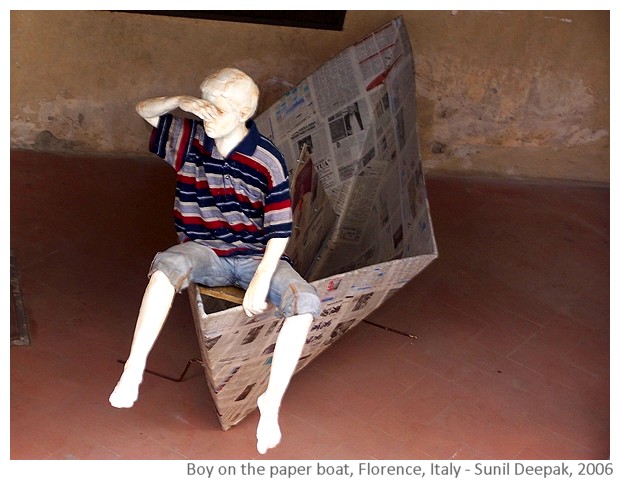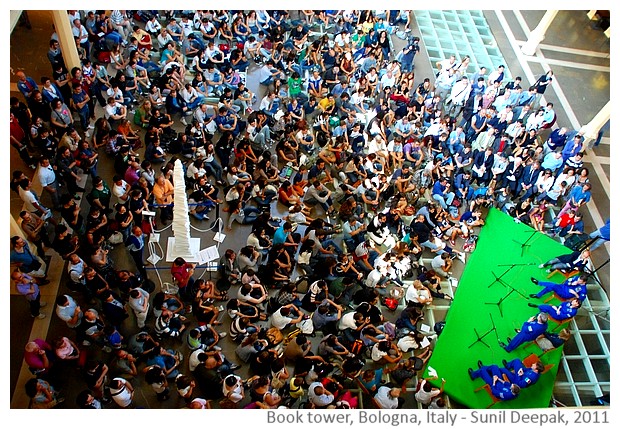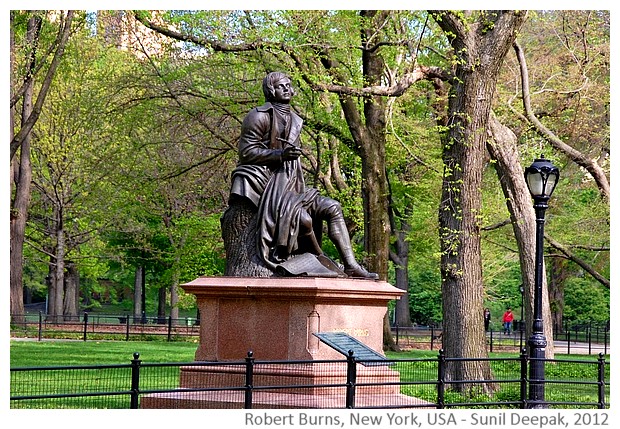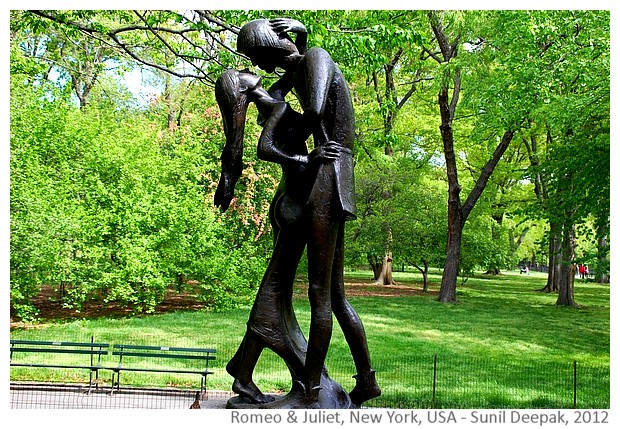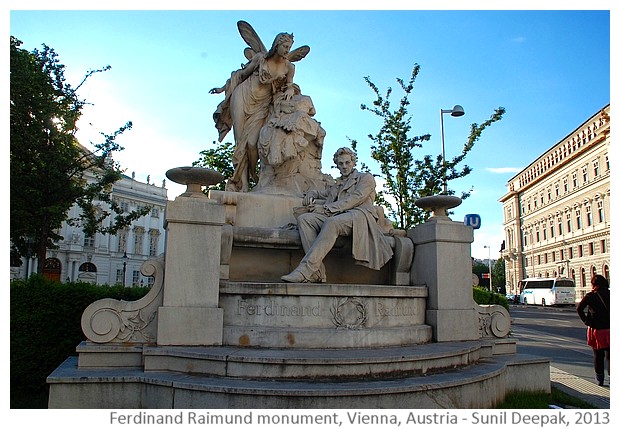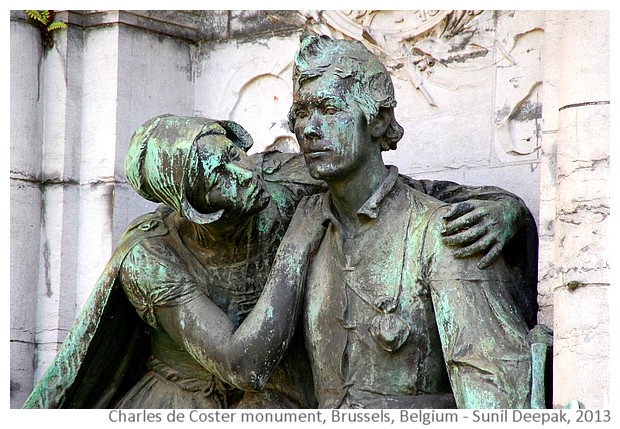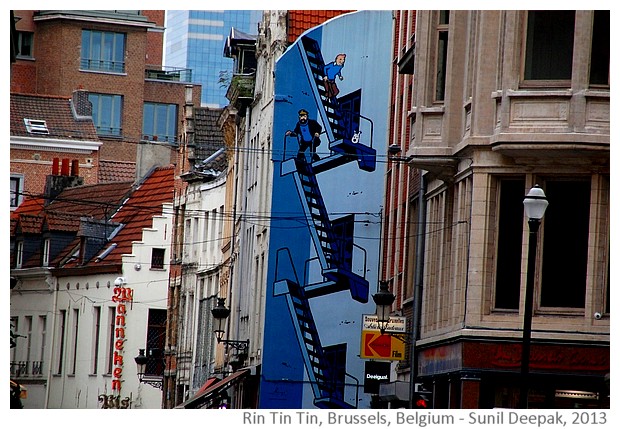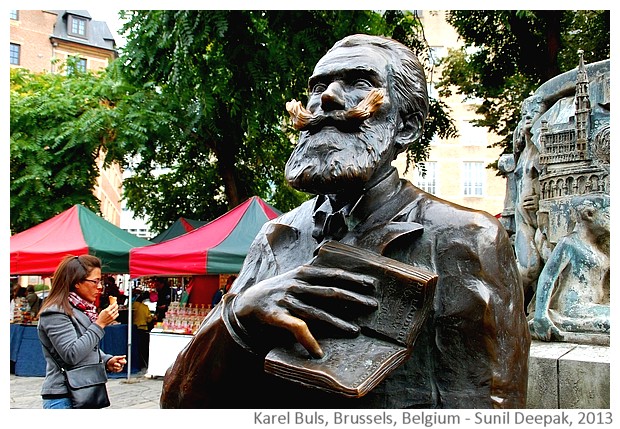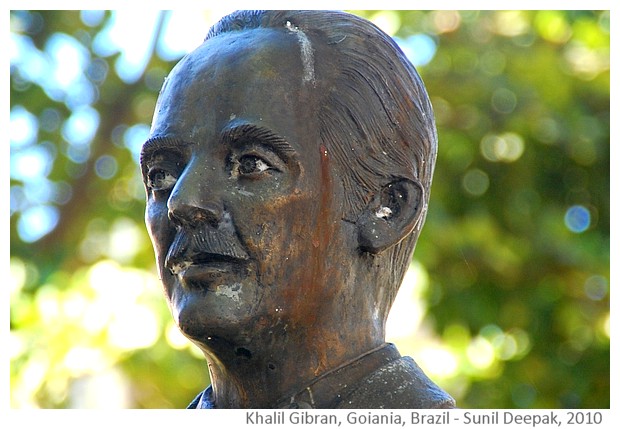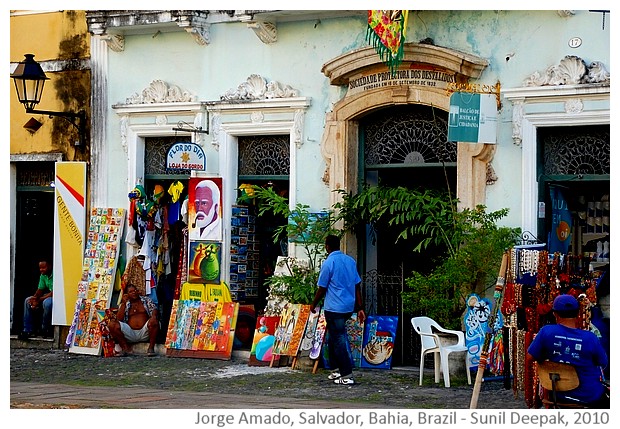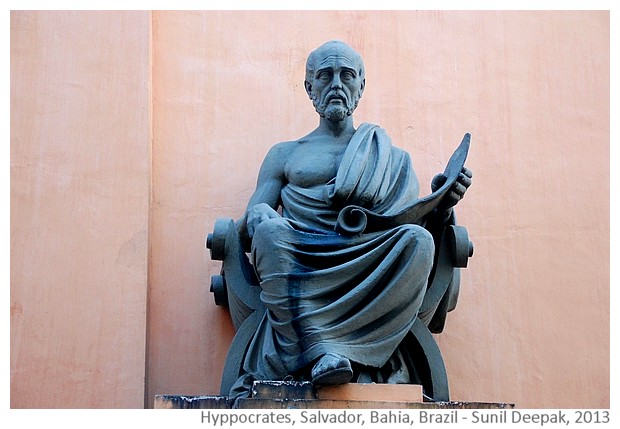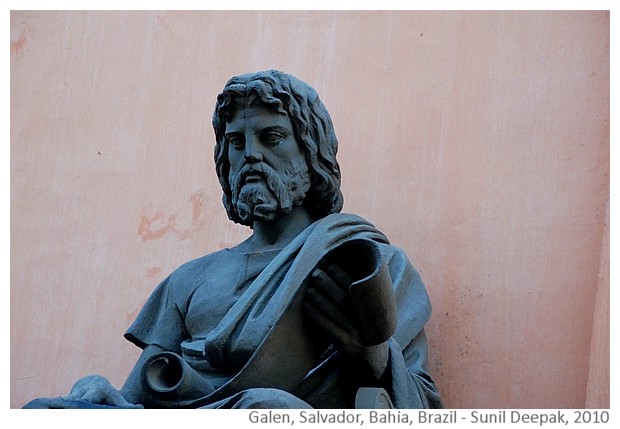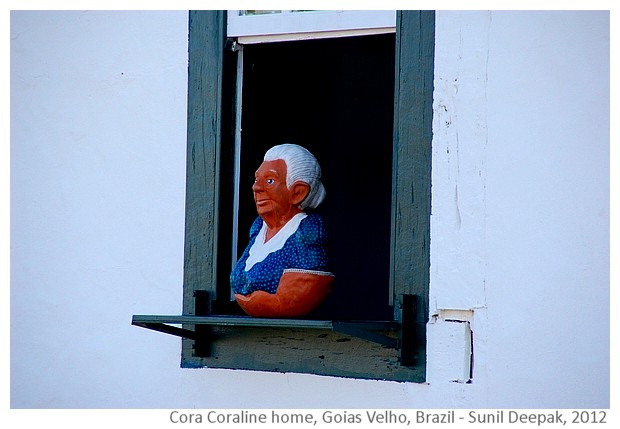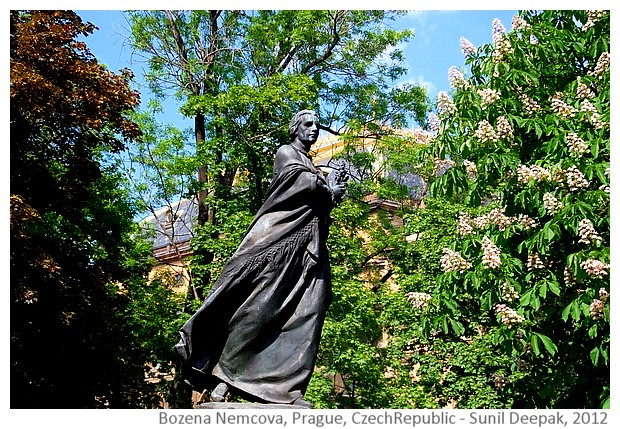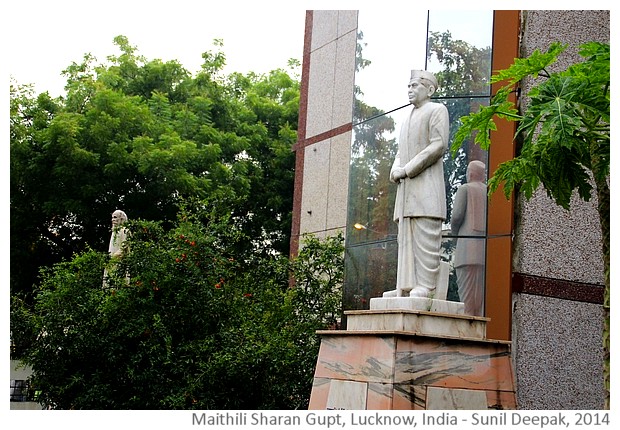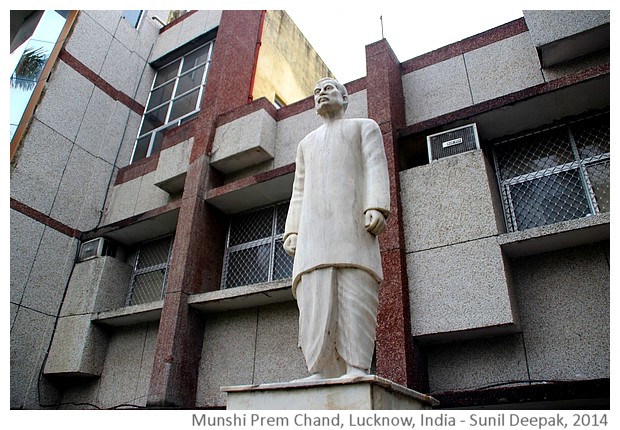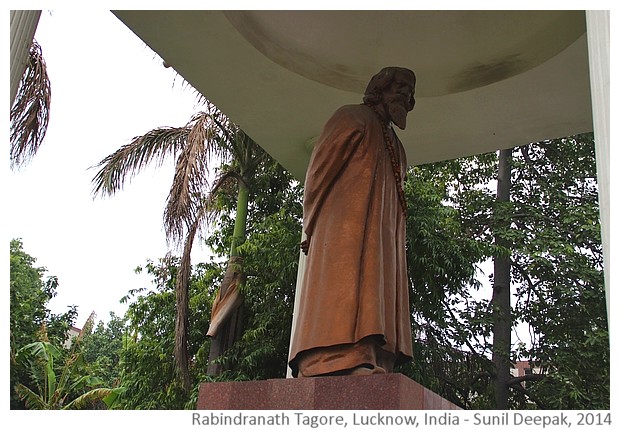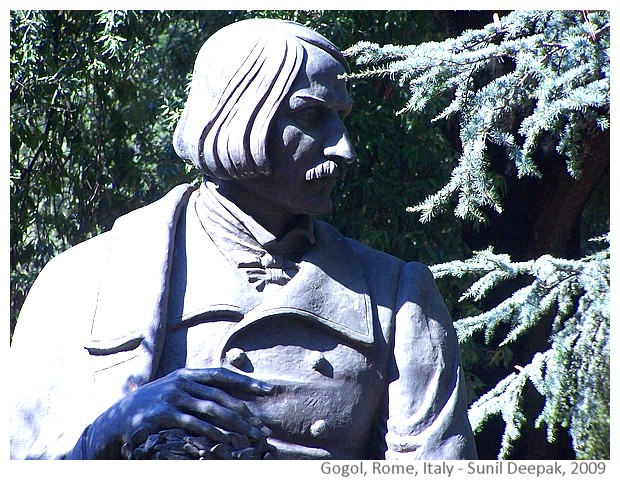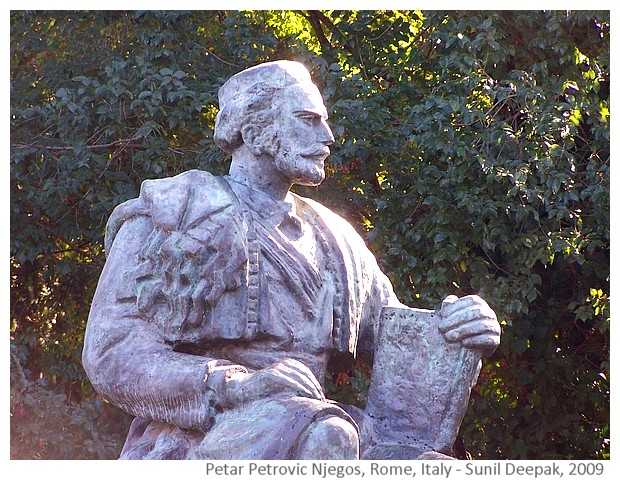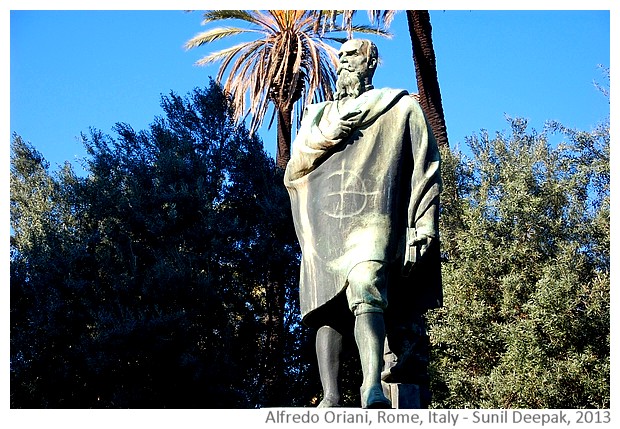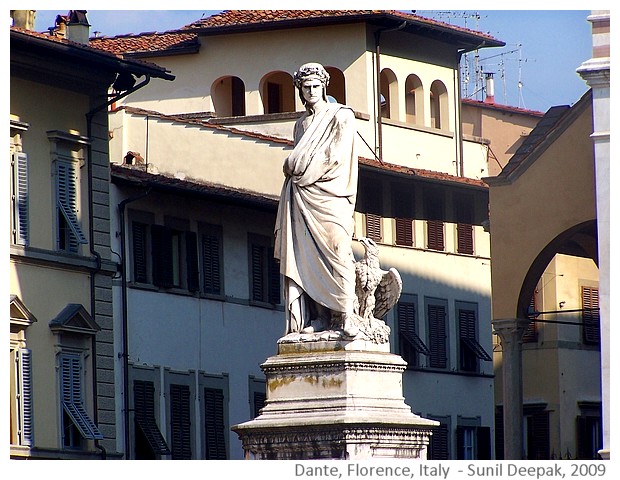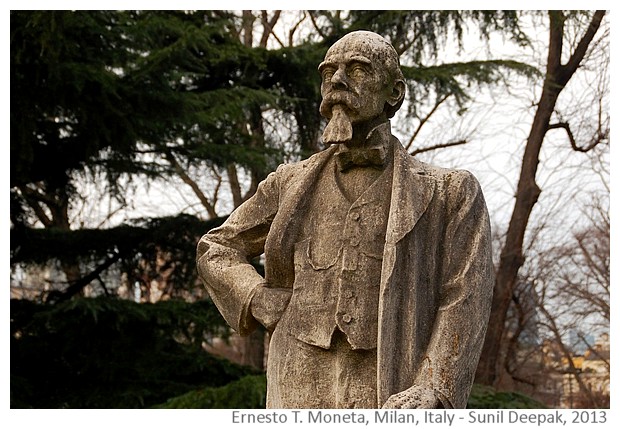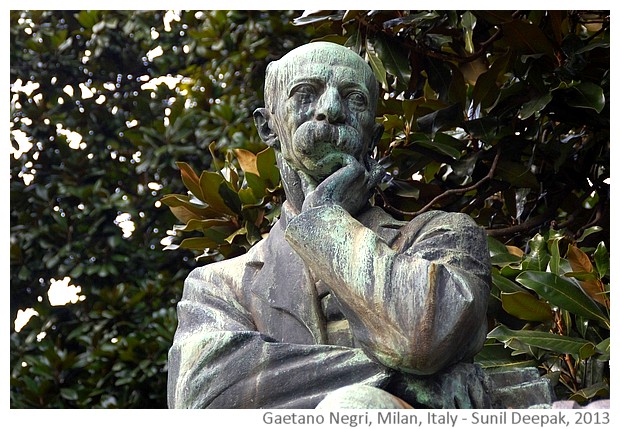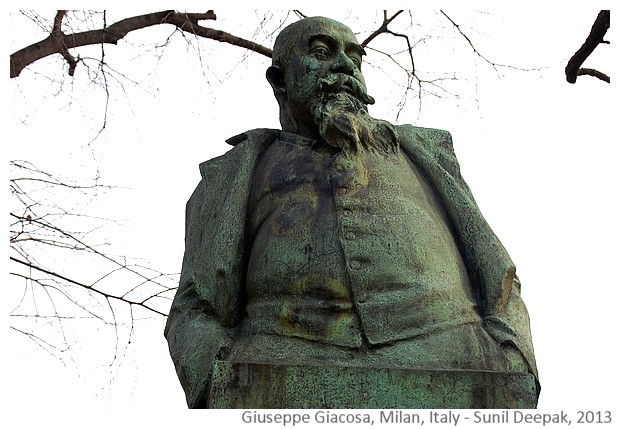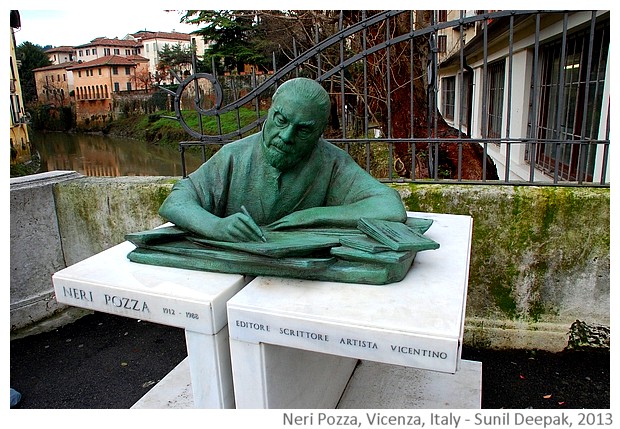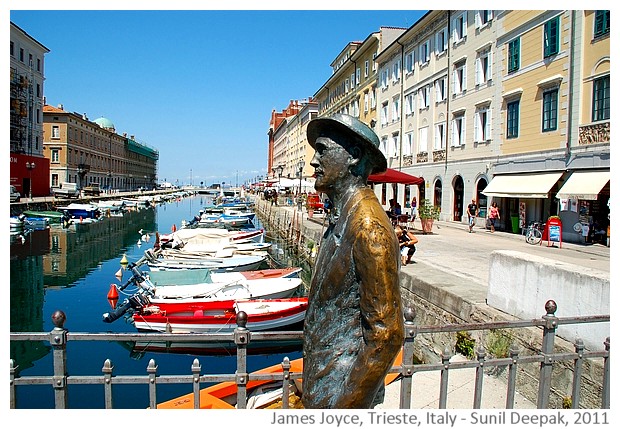Yesterday (5 Jan 2025) I had put the list of non-fiction books I had liked in 2024. Today, it is the turn of fiction books.
Over the past few years, my fiction-reading had declined and I found it difficult to finish reading books. Most often I stop reading a book around 50 pages, because it does not grab me sufficiently. Yet in 2024, I managed to finish reading 15 books, which are presented below. I have divided them into 3 main groups - mysteries, action-thrillers and general fiction.
Let me start with the general fiction books.
General Fiction Books
1. George Washington Black by Esi Edugyan (2018) is the story of a young black slave boy called George in early 19th century, who was known as Wash. The book traces his journey with a man called Christopher Wilde, or Titch. Wash lives at a plantation called Faith in Barbados and after the death of its owner, the plantation passes to Erasmus Wilde. New owner's brother Titch arrives in the plantation, dreaming of making a flying balloon and he takes Wash as a helper. He discovers that Wash has a real talent for making illustrations. As their friendship grows, a tragedy makes them run away in their experimental flying balloon, which crashes on a ship ... It is a strange story, a bit fable, a bit magical realism, but very readable.
2. The Strange Journey of Alice Pendelbury by Marc Levy: Marc Levy is a French author. The original title of this book was "L'Etrange Voyage de Monsieur Daldry", the book is about two persons, Ethan Daldry and Alice Pendelbury, who live in the same apartment building.
Ethan is a painter, who likes painting busy traffic crossings and Alice is a "nose", someone who invents perfumes. They go to Istanbul, in search of something they are not sure of, though Alice has nightmares which suggest hidden secrets in her past. The book is light and interesting with nice characterisations and great dialogue. Though the story has a darkness at its core, it is a a book full of hope.
It is also very European, very distinct from American and English books.
3. Travelling Light by Lynne Branard (2017): This is another book about a journey. It is the story of Al (Alissa) who goes on a road-trip to carry a box of ashes of dead-person to that guy's home town, half-way across the USA.
She meets people on the way who join her journey. There are some bits in the middle where nothing seems to happen and the book drags. It seems as if the journey has not really changed anything for her, till after the end of that journey.
The book is an easy and pleasant read, it did not grab me and there were bits where I felt a little impatient, but in the end I was glad that I read it.
4. The Sweet Remnants of Summer by Alexander McCall Smith
(2022): AMS is a prolific writer of mystery books and has different
series of books. I am a fan of his Isabel Dalhousie books based in
Scotland. I don't like his series based in Botswana
and I have yet to read any book from his Scandinavian series. This book can also be placed under the "mystery" category, however, the mystery element is a tiny part, so I have preferred to put it in the general fiction group.
In this book there are Isabel Dalhousie, her musician husband Jamie, and their 2 sons, with a lot of moral dilemmas and witty one-liners. The mysteries they need to solve are not so big - children who bite other children, an estranged family who thinks that their son is having a relationship with another boy, and an orchestra director who wants to give promotion to his lover, without antagonising other members of his orchestra.
It is a very gentle book and I loved it because of its ambience, characterisations and witty dialogues.
5. The Wolf Run by Kirstin Ekman: Kirstin is a 91 year writer from Sweden. For me her The Wolf Run (2021, origin title "Löpa varg") was the best book I read in 2024. I had taken the book from our library because it was a part of our reading group books and so I read it in Italian translation (Essere Lupo).
It is a little book and a simple story of a seventy year old man who has been a hunter all his life and on a new year morning he sees a wolf near his camper. The book is a meditation on life and on getting old. It is also about the bond between a couple, who have spent a life together, who understand that the season of death is not far when they lose their old dog. It is poetic and touching.
As I grow older, often I find myself thinking like this book's hero Ulff, so maybe that has influenced my choice of the best book.
Mystery Books
1. Bum Deal by Paul Levine (2018) is about a defence lawyer, who used to be a boxer, and is probably going to develop dementia. The lawyer is in love with his neurologist, and is asked to be the state prosecutor for a missing-woman case.
The missing woman is Sofia, wife of a "sawbones", an orthopaedic surgeon, with "cold reptilian eyes", who likes lap-dancers and blocking the carotids of his sexual partners till they fall unconscious. Sofia's powerful father is convinced that the surgeon has killed his daughter and would do everything to send him to jail. Except that nothing is as it seems. The book has a wonderful final twist. It is very well written with a lot of witty dialogues.
2. Winter Work by Dan Fesperman: I liked this old-style spy-mystery from 2022 because of 3 reasons -
(A) its setting, location and period - the story takes place on the two sides of the Berlin wall in 1989-90, when the wall has just come down, the East German system is coming apart but not yet destroyed and Americans are trying to get info from the East German secret police regarding the Russians;
(B) the core characters in the book are very well drawn, with depth and distinct inner worlds with unusual stories. For example, Emil Grimm the retired East German secret police colonel, who can be considered as the hero, has an interesting love triangle with his paralysed wife in terminal phase of ALS and her friend, who is also her care-giver;
(C) and the story is well written.
3. Lost Hills by Lee Goldberg (2020): It is about a young homicide detective, Eve Ronin, in California and her first case of triple murders of a mother and her 2 children - someone had killed them with a knife and then dismembered them and hidden their bodies. The guy is caught relatively early in the book but it is difficult to find the evidence about what really happened and to link him directly to the crime. The book is a race against time to find the missing bodies and some evidence. The personality of Ronin and her relationship with her work-partner, who is waiting for his retirement in a few months, as well as crisp writing are all plus points.
The final parts of the book, about the superwoman kind of detective are a bit excessive, but the book is a good thriller-mystery.
4. The Ruin by Dervla McTiernan: This was my first book by the Irish writer and I am aiming to read more of her books. She writes beautifully with very richly imagined characters.
It is a police procedural about a detective sergeant Cormac O'Reilly who has relocated to a small Irish town and is asked to uncover the story behind a young girl and her brother, victims of child abuse, he had known 20 years ago. Book's bad man is a hidden psychopath, who goes about his merry bad ways without anyone guessing about his deeds for a very long time, almost like a superman.
In spite of such an unrealistic killer-hiding in the plain sight, it is to the credit of the writer that she can still manage to make the story seem credible and interesting. It really got me and I finished it in 2 days.
5. The Heron's Cry by Ann Cleeves is a beautifully written murder mystery set in a small community where everyone is connected with everyone else, so that even between the victims and detectives, there are links. The chief detective, Matthew is gay and his husband also plays a role in the mystery-story.
Each chapter of the book is written from the point of view of different characters (but not from the point of the view of the murderer), which gives this book an interesting variation as you can see the issues from detectives' as well as from other persons' point of views. The only chapter which seemed cliched was the one in which the murderer explains the hows and whys.
Action-Thriller Books
My action-thriller books also has 5 books, including two action-thrillers by Barry Eisler. In 2022, I had loved reading Barry Eisler's The Chaos Kind, which had an international group of assassins working together to save the life of a US attorney. Eisler writes great action-thriller books and he has created an inter-connected world of books about those assassins. I read two of his books this year and I think that I am going to look for more of his books in 2025.
1. Graveyard of Memories"
(2014) by Barry Eisler is about how a CIA guy in Tokyo manipulates a Japanese guy Rain
to become an assassin and about Rain's love story with a beautiful
paraplegic girl of Korean origin. The book has great action scenes, good
pace and enough twists, but what makes it special, are the
psychological dialogues the assassin-guy is having with himself as learns about
the zen of being an assassin, using mindfulness and careful attention to
details, as one would in a tea ceremony. Highly recommended for people who like
action-thrillers.
2. Killing Rain" (2005) by Barry Eisler, has the
same hero, John Rain, at the end of the his assassin career. He
starts using his skills to protect good people. It also has 2 more
assassins from the Barry Eisler's assassin world - Dox, the tall and
good-natured American guy, and Delilah, the Jewish girl from Paris who
works for the Mossad (Israelis).
This book also has great action, nice bits about assassin psychology and brief but strong emotional parts as well. I think that Killing Rain was the earlier title of the book and it is also available as "Redemption Games". Our library has some of the Barry Eisler books, so it is very likely that I will read some more of his books in the coming years.
3. The Bourne Defiance by Brian Freeman (2023) is set in the Jason Bourne world made famous by the books of Robert Ludlum, on which many films have been made. Different authors seem to be writing books based in that world and Brian Freeman is one of them.
This action-thriller is based in the USA and it is about a
senator, his assistant, a secretary of state, and a cool-headed
spy-killer with two women who love him. It has nice pacing, and a lot of
action. It is a good fun book for fans of Robert Ludlum.
4. Insidious by Brett Battles (2020) has an unusual action hero called Nate, who can talk to his dead-wife Liz and she tells him about women in situations of danger who need his help.
Nate also has a Thai girl friend and partner called Jar who is on autism-spectrum. They need to solve the mystery of a girl who was kidnapped as a child, had managed to run away. Many years later, she has found her kidnappers and wants revenge but her life is in danger. The book has well-drawn and unusual set of characters. It is recommended for the fans of action-thrillers.
5. Deadlock by James Byrne (2023) is an action thriller with a witty hero called Desmond Aloysius Limerick, aka, Dez, who paraphrases half his sentences with "Love" and has a whole trove of nice one-liners. For example, I liked, "The God answers all prayers, sometimes the answer is no."
This book's villains are nerdy looking techs, a philanthropy-promoting TED speaker and some instagram-influencers.
Dez is better than Tom Cruise and Dwayne Johnson combined, he can kill hundreds and destroy whole buildings, so the thrills go together nicely with popcorn munching. It is recommended for good entertainment value for fans of action-thrillers.
Conclusions
This year I also liked some Italian books but since they are not translated into English (for example, a couple of books by Ilaria Tuti), I have not included them in this list.
Last year (2024) also has been good for me for writing books. I write in Hindi and in 2024, I finished the first draft of my third book - I really like the way it has turned out. A gentle love story, I think that it will make a great film.
I am now writing something else, and intended to go back to reviewing and rewriting my third book after a gap of a couple of months. In the meantime, I am still waiting for the publication of my first book, it was accepted by a Delhi publisher in 2023 but I am not sure when it will come out.
I am hoping to read more good books in 2025. Best wishes of a happy reading 2025 to all of my readers. If you have read some good books, do tell me about them in the comments below, thanks in advance.
If you like non-fiction, you can also check the non-fiction books I had liked reading in 2024.






